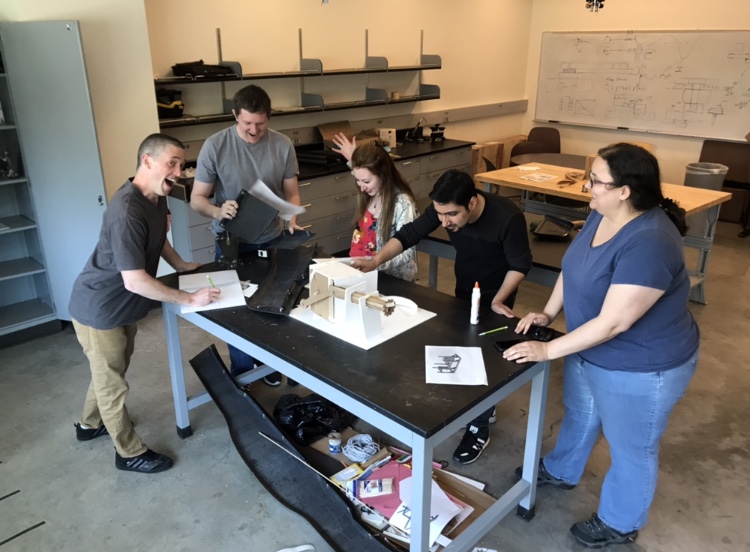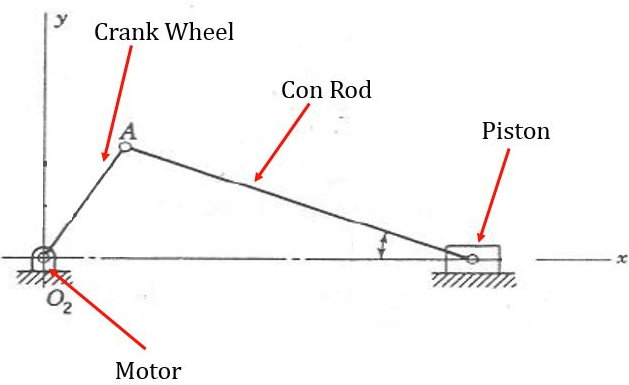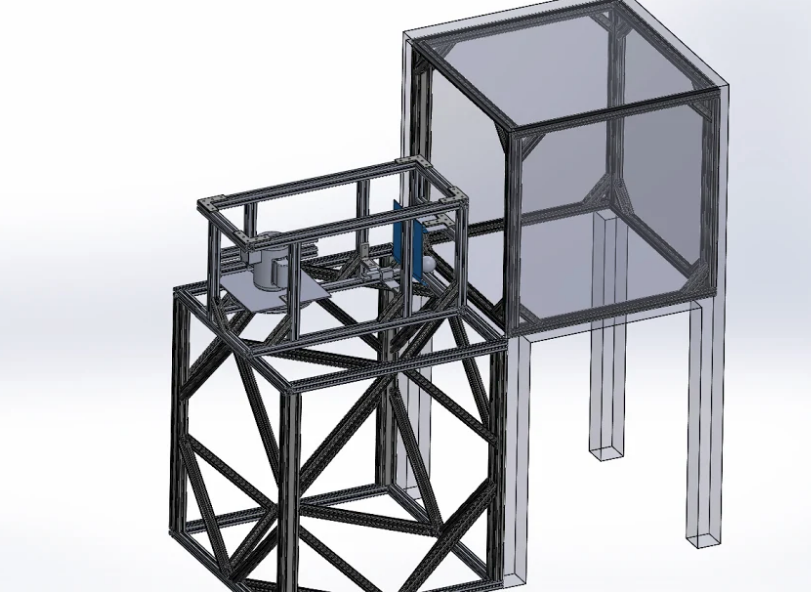Project Objective
Design, build, and deliver a functional, portable, and adaptable test device that may be used to simulate the impact and surface wear loading conditions commonly experienced by the front air dams of commercial vehicles under regular roadway operating conditions by 08 June 2018.
DTNA FITR Team

Team members: Ben Louw, Montadar Abu Ghneam, Elizabeth Allen, Cory Williamson, and Scarlett Frunz
Customer/Market Requirements
The project sponsor requires a device that accomplishes the following:
-
Simulates on-road rock and distributed load impacts commonly experienced by the front air dams of commercial vehicles
-
Is structurally scalable such that the device may be used to test air dam sections within a confined-space cold chamber and full-size air dams fixed to commercial vehicles
-
Provides quantifiable data output, whereby the energy absorbed by each test specimen and the forces output by the device throughout a given impact loading regime shall be characterized by the device and the total number of impacts-to-failure are counted
-
May be controlled by a computer-based interface that allows an operator to define specific test parameters, such as impact velocity and test duration
-
Is portable
-
May test a variety of air dam geometries and materials
-
Is safe to use
-
Operates in temperatures that range from -20 to 85 degrees Celsius
Design Challenges
The Fairing Impact Test Rig (FITR) has been designed as a slider crank mechanism. The rig operates in a fashion similar to the crank-piston operation observable in most common internal combustion engines.

The function of the FITR mechanism is to impart impact forces on an air dam test specimen by converting the angular momentum of an electric motor into the linear momentum of a piston. The piston is made to impact the air dam test specimen repeatedly, until the failure of the air dam has been registered by the FITR data acquisition unit or until the preset duration of the test has expired. The most outstanding design challenges faced by the team involve the proper selection of an electric motor and designing a wholly self-contained structure for the device. The motor must be able to operate at variable angular velocities, and be able to output the torque necessary for driving the piston into the air dam at linear velocities ranging from only a few mph up to 75 mph. The structure of the test rig must be designed such that the it will support all of the moving components of the rig and withstand all forces and vibractions acting throughout the system as an impact test is taking place.
Outcomes
The team has developed a conceptual design that allows a test operator to determine the impact magnitudes and frequencies that cause failure (visible cracking) of cut-out air dam sections and full-size air dams as a result of controlled test inputs. The input specifications that may be controlled during an air dam impact test include simulated vehicle speed, from 1 to 75 mph; desired impact force, from 1 to 1,000 lb force; ambient temperature, from -20 to 85 degrees Celcius; and desired test duration.

The following plots are an example of a dataset that has been output by the FITR after completion of an impact test.
